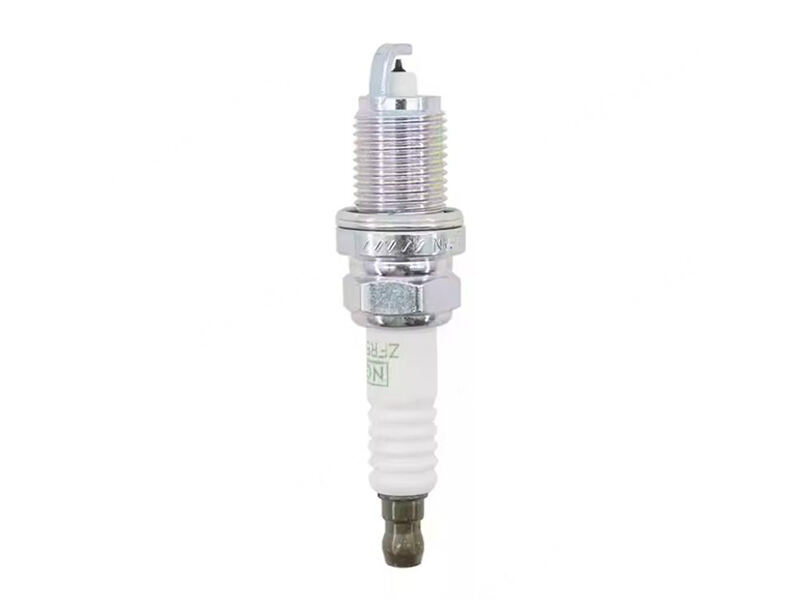In the intricate world of the internal combustion engine, the spark plug plays a small but absolutely vital role. It acts like the "lighter" for the engine's heart, tasked with igniting the air-fuel mixture at the perfect moment to power the car's movement.
Core Function: Ignition
Inside the engine cylinder, the piston compresses the mixture of gasoline and air to its limit. At this precise instant, a spark is needed to ignite it, creating a controlled explosion that forces the piston down, generating power. The spark plug is the source of this spark. It receives high-voltage electricity (up to tens of thousands of volts) from the ignition coil and generates an electrical spark between its two electrodes (the center electrode and the ground electrode), precisely igniting the mixture.
Key Construction:
A typical spark plug consists of the following main parts:
Center Electrode: The core that conducts the electrical current.
Ground Electrode (Side Electrode): Works with the center electrode to form the spark gap.
Insulator: Ensures the high voltage jumps only across the electrode gap.
Metal Shell: Secures the spark plug into the engine cylinder head and dissipates heat.

Why Do They Need Replacing?
Spark plugs are consumable items. Working long-term in harsh conditions of extreme heat and pressure, their electrodes gradually wear down and erode, causing the spark gap to widen. Simultaneously, carbon deposits from combustion can foul the surfaces. This leads to a range of problems:
Weaker Spark: Resulting in incomplete combustion.
Rough Idling: The engine runs unevenly.
Poor Acceleration: Loss of power.
Increased Fuel Consumption: Reduced fuel economy.
Hard Starting: Potentially even engine misfiring (where one cylinder stops working).
Regularly checking and replacing spark plugs as recommended in your vehicle's maintenance schedule is crucial for maintaining strong engine power, smooth operation, and fuel efficiency. A set of spark plugs in good condition is fundamental to your car's health.